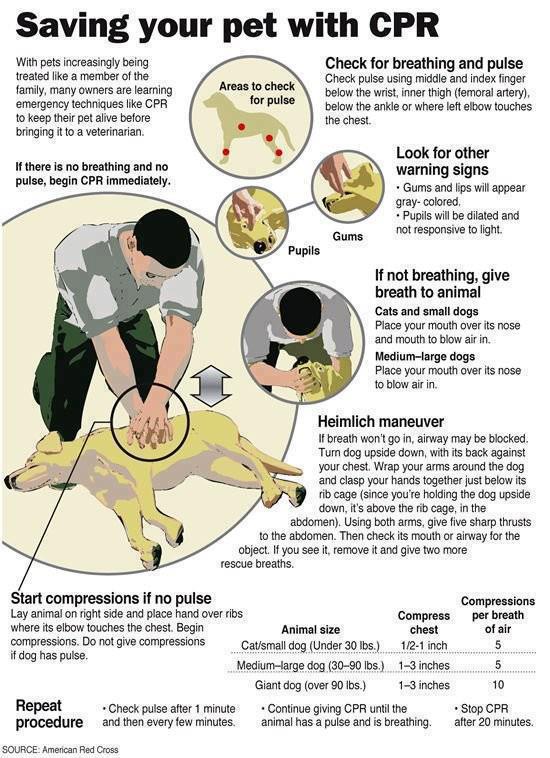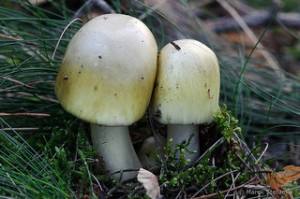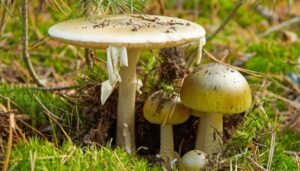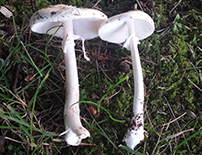Posted by The San Francisco Dog Walker

How to Do Cpr on a Dog: A San Fransisco Dog Walker’s Guide
Emergencies can strike without warning, and as a dog owner, knowing how to perform CPR (Cardiopulmonary Resuscitation) on your furry friend could save their life. Whether your dog is choking, has drowned, or is experiencing cardiac arrest, acting quickly and confidently is critical. You will know how to do CPR on your dog, when to use it, and how to be ready for emergency situations after reading this blog.
Why Every Dog Owner Should Learn CPR
Emergencies involving pets are often unexpected, and professional help may not always be immediately available. CPR can:
- Provide life-saving care during critical moments.
- Stabilize your dog until you can get to a veterinarian.
- Empower you to act quickly and decisively in emergencies.
- CPR skills give you peace of mind and ensure you’re prepared to protect your dog’s life.
When Should You Perform CPR on Your Dog?
CPR should only be performed if your dog is unresponsive and not breathing. Here are the signs to look for.
You need to act right away if these signs are present:
- Your dog is unconscious and does not respond to calls or touch.
- No breathing or movement of the chest is seen.
- There is no beating or pulse that you can feel.
The Right Way to do CPR on Your Dog
Step 1: Look at the situation
Before you start CPR, make sure that you and your dog are both safe. You can tell if your dog is alert by saying its name, gently tapping it, or just watching.
Step 2: Check for Breathing and Pulse
Look for chest movement or feel for breath by placing your hand near your dog’s nose. To check for a pulse, put two fingers inside the thigh near the groin area or at the base of the tail. If your dog is not breathing and there’s no pulse, proceed to CPR immediately.
Step 3: Position Your Dog
Place your dog on a flat surface on their right side. Straighten their neck and head to open their airway and ensure they are in the right position for chest compressions.
Step 4: Open up the airway
Open your dog’s mouth and carefully remove any food, toys, or other objects that might be in the way. Be careful not to push things further down the throat.
Step 5: Provide Rescue Breaths
- Close your dog’s mouth and create a seal by placing your mouth over their nose.
- Gently blow air into their nose until you see the chest rise.
- Allow the chest to fall before repeating. Provide two rescue breaths initially.
Step 6: Perform Chest Compressions
The technique for chest compressions depends on the size of your dog:
- Small Dogs (<30 pounds): Use one hand to compress the chest, placing your thumb on one side and fingers on the other.
- Medium to Large Dogs (>30 pounds): Use both hands, one on top of the other, to press down on the widest part of the chest.
About a third to a half of the chest’s depth should be pressed down. Keep up a pace of 100 to 120 compressions per minute.
Step 7: Alternate Between Compressions and Breaths
Follow a cycle of 30 chest compressions and two rescue breaths. Continue this cycle until:
- Your dog begins breathing or regains consciousness.
- You reach a veterinary clinic, or professional help arrives.
Step 8: Take Your Dog to a Veterinarian
Even if your dog appears to recover, seek immediate veterinary attention. CPR can cause internal injuries, and your dog may require further care.
Tips for Performing Effective Dog CPR
- Be Gentle Yet Firm: Apply enough pressure to compress the chest without causing harm.
- Stay Calm: Panic can slow your ability to act effectively. Focus on the steps and remain composed.
- Practice Regularly: Taking a pet CPR class can help you feel more confident and prepared for emergencies.
Common Scenarios Requiring Dog CPR
Choking
Dogs are curious creatures and can choke on food, toys, or other small objects. If your dog is choking:
- Perform the Heimlich maneuver by placing your hands just below the ribcage and applying upward pressure.
- If the object is not dislodged, follow up with CPR.
Drowning
If your dog has drowned:
- Remove them from the water and clear the airway.
- Begin rescue breathing immediately, and if required, do chest compressions following.
Cardiac Arrest
Cardiac arrest may occur as a result of trauma, sickness, or poisoning. CPR is necessary in such instances to sustain circulation and oxygen supply.
Preventing Emergencies
While CPR is vital, prevention is always better. Here are steps to reduce the risk of emergencies:
- Watch Your Dog: While your dog plays and does things outside, keep an eye on him.
- Make sure the area is safe: Eliminate choke risks and ensure the safety of places that could be dangerous.
- Checkups with your vet regularly: Regular health checks can find problems before they become accidents.
Preparing for Emergencies
Being prepared can make all the difference during an emergency. Consider these tips:
- Take a Pet First Aid Class: Learn hands-on skills for CPR and other emergency care techniques.
- Assemble an Emergency Kit: Include pet first aid guide, gauze, gloves, and a muzzle.
- Keep Emergency Contacts Handy: Have your vet’s number and the nearest emergency clinic in your phone.
The Importance of Regular Exercise
Maintaining your dog’s overall health can reduce the likelihood of emergencies. Regular exercise improves cardiovascular health, strengthens muscles, and enhances respiratory function. However, overexertion should be avoided, especially for older dogs or those with pre-existing conditions.
Why Hire a San Francisco Dog Walker?
If you live in San Francisco, hiring a professional dog walker can be valuable in maintaining your dog’s health and well-being. A reliable dog walker ensures your pet gets regular, safe exercise, reduces stress, and promotes overall fitness. They can also be extra eyes, noticing unusual behavior or health concerns during walks.
Do you have a busy schedule? A San Francisco dog walker can care for and entertain your dog, giving you peace of mind while ensuring your pet stays happy and active.
Conclusion
Knowing how to do CPR on your dog is very important because it could save their life in an emergency. When your dog needs you the most, you can be sure you’ll be ready by knowing the signs of trouble, how to do CPR correctly, and knowing what to do.
But the best way to avoid problems is always to avoid them. Regular exercise, going to the vet for checkups, and living safely can significantly lower the risk of accidents.

 So, what is that black stuff on the beach in Fort Funston? Is it oil left over from the Cosco Busan spill? No, in fact it is the chalky substance-veins of volcanic ash thrown from Mount Lassen thousands of years ago. After all of our heavy storms this winter, most of the top layer of silica sand had been blown or washed away to leave dark colored streaks on the beaches. This black sand is a kind of iron ore called magnetite. The magnetite is a part of the cliff walls, and as the sandstone erodes, it leaves the heavier iron-based magnetite on the beach.
So, what is that black stuff on the beach in Fort Funston? Is it oil left over from the Cosco Busan spill? No, in fact it is the chalky substance-veins of volcanic ash thrown from Mount Lassen thousands of years ago. After all of our heavy storms this winter, most of the top layer of silica sand had been blown or washed away to leave dark colored streaks on the beaches. This black sand is a kind of iron ore called magnetite. The magnetite is a part of the cliff walls, and as the sandstone erodes, it leaves the heavier iron-based magnetite on the beach.







